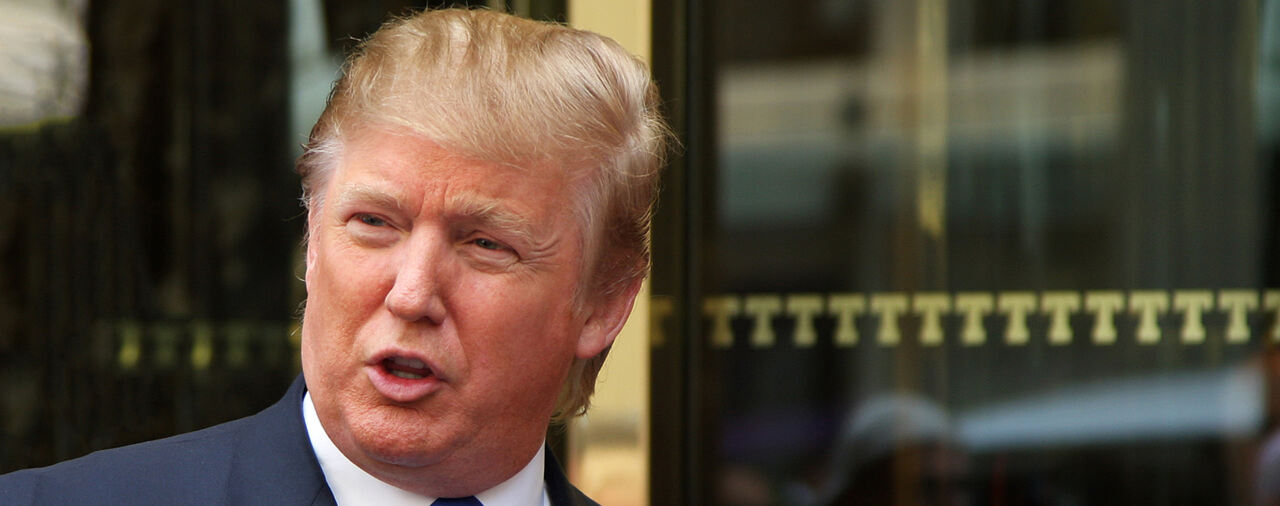President Trump Directs DOS to Develop Policies to Combat Visa Overstays
On April 22, 2019, President Donald Trump issued a presidential memorandum titled “Presidential Memorandum on Combating High Nonimmigrant Overstay Rates” [PDF version].
President Trump issued the Memorandum to direct the Secretary of State, in consultation with the Attorney General and the Secretary of Homeland Security, to develop policies to address countries with large numbers of nationals who overstay their visas.
In this statement of policy, President Trump stated that aliens who fail to comply with the conditions on their visas “undermine the integrity of our immigration system and harm the national interest.” He stated that those who overstay their visas or period of admission under the Visa Waiver Program (VWP) “place significant strain on Department of Justice and Department of Homeland Security resources, which are currently needed to address the national emergency on our southern border.” Here, President Trump makes clear that he deems policy changes to address overstays necessary to free up resources to address the situation at the border, which he declared to be a national emergency on February 15, 2019 [PDF version].
To address the overstay problem, President Trump directed the Secretary of State to “engage with the governments of countries with a total overstay rate greater than 10 percent in the combined B-1 and B-2 nonimmigrant visa category based on the Department of Homeland Security Fiscal Year 2018 Entry/Exit Overstay Report.” The Secretary of State will work to “identify conditions contributing to high overstay rates among nationals of those countries and methods to address those conditions.”
The following countries had combined B1 and B2 nonimmigrant visa category overstay rates greater than 10 percent in 2018 [PDF version]:
Afghanistan
Angola
Bhutan
Burundi
Cabo Verde
Chad
Republic of the Congo
Djibouti
Eritrea
Georgia
Laos
Liberia
Mauritania
Federated States of Micronesia
Nigeria
Palau
Somalia
South Sudan
Sudan
Syria
Yemen
The Secretary of State, in consultation with the Attorney General and the Secretary of Homeland Security, will be required to provide President Trump with recommendations to reduce the B1 and B2 overstay rates from the identified countries within 120 days of the date of the Memorandum (April 22, 2019). President Trump provided that these recommendations “may include, as appropriate and to the extent consistent with applicable law”:
A Presidential Proclamation under section 212(f) or section 215 of the Immigration and Nationality Act (INA) suspending or limiting entry of nationals from the identified countries who hold B1 or B2 visas;
Targeted suspension of visa issuance for certain nationals;
Limits to the duration of admission of certain nationals, to be implemented by the Department of Homeland Security; and
Additional documentary requirements.
Upon making these recommendations, President Trump provided that “[t]he Secretary of State and the Secretary of Homeland Security shall immediately begin taking all appropriate actions that are within the scope of their respective authorities to reduce overstay rates for all classes of nonimmigrant visas.”
President Trump directed the Secretary of State and the Secretary of Homeland Security to, within 180 days of the date of the Memorandum, “take steps to develop measures required for imposing admission bonds as a means for improving compliance with the terms and conditions of nonimmigrant visas.” The secretaries will provide a status report on their progress within 120 days of the date of the Memorandum.
Conclusion
We will not know what policies will develop from the Memorandum until the Secretary of State, Attorney General, and Secretary of Homeland Security make their recommendations to the President. Regarding the countries with a B1/B2 overstay rate of at least 10 percent in fiscal year 2018, President Trump may impose entry restrictions, visa restrictions, or other restrictions in accordance with his Executive authority and the INA.
The most far-reaching policy change that may result from the Memorandum could be the broad imposition of admission bonds. President Trump's instructions to the Secretary of State and the Secretary of Homeland Security do not limit the admission bond guidance specifically to the identified countries with high B1 and B2 overstay rates. It remains to be seen how broad any new admission bond policies will be.
While the Memorandum may lead to significant policy changes, it is worth noting that, outside of the section on admission bonds, it is limited in scope by its own terms. The instant Memorandum by its own terms only targets select countries with high visa overstay rates in the previous fiscal year in the B1 and B2 nonimmigrant visa categories. It does not address overstay rates in other nonimmigrant visa categories and it does not suggest taking any immediate action toward countries with B1 and B2 overstay rates below 10 percent.
We will update the website with more information if and when new policies are implemented as a result of the instant Memorandum.

- Alexander J. Segal's blog
- Log in to post comments
